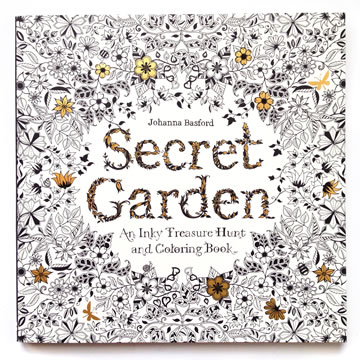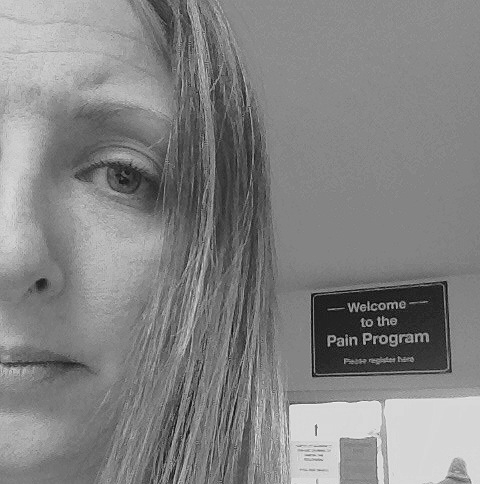 As of today I completed my 21-day meditation challenge and I succeeded! Honestly a huge part of me didn’t think I would, due to how many times I have attempted to maintain a regular meditation practice and not followed through. I think the 6-step approach that I laid out in my blog post 21 days ago really assisted me in successfully meditating for the past 21 days. Below I will comment on how I found each step to be helpful or how I amended it to be so.
As of today I completed my 21-day meditation challenge and I succeeded! Honestly a huge part of me didn’t think I would, due to how many times I have attempted to maintain a regular meditation practice and not followed through. I think the 6-step approach that I laid out in my blog post 21 days ago really assisted me in successfully meditating for the past 21 days. Below I will comment on how I found each step to be helpful or how I amended it to be so.
1) Make a public commitment to meditating
I wrote a blog post about my meditation challenge which made me feel super accountable. I suppose I could have not written a follow-up post but I would have felt like I failed at meditating and blogging!
2) Make a daily checklist or write daily meditation time on a calendar
I printed a checklist and posted it on my fridge. I found that this was the BEST type of reminder since I go to my fridge multiple times a day. In the past I have put a “meditation” daily notation in my online calendar but I found it is too easy to gloss over. A checklist cannot be so easily ignored as that empty box beckons to be filled. For a list-maker, type-A personality like me it is very satisfying to be able to check an item off a list.
3) Create reminders on my phone
I pretty much forgot all about this step. I did initially add a reminder to my phone but I dismissed it the first time it went off and I never did receive another reminder again. I still think creating a phone reminder could be a valuable idea for helping to ensure regular meditation practice.
4) Make a list of meditation resources for quick reference
I referred to my list of meditation resources and made a point of utilizing a variety of them so that I wouldn’t get bored. What I found was that I really do love using the meditation apps on my phone because no matter where I am I have my phone by my side and it was easy to just click on the app and select a meditation. I actually created an app “Meditation” folder and put it on the home screen of my iPhone so that I would see it throughout the day. I can’t tell you how many times I ended up meditating because I glanced at this folder when checking my emails.
In addition to the ease of using apps, I really like how some of the meditation apps, such as Insight Timer, keep track of your progress which I found REALLY encouraging and motivating.
As for types of meditations, I really found “body scan” meditations really helpful for when I was feeling pain and even when I wasn’t. I am slowly learning to just “be present” with my pain through the use of these types of meditations.
5) Pick a realistic time of day to meditate each day as well as a realistic length of time
I originally said that I would meditate after eating breakfast. That happened exactly ONE time! I quickly realized that upon waking up I enjoy activating and stimulating my brain (ie. reading the news) not meditating. To ensure success I knew I had to choose a different time so I started meditating once I got into bed at night. The only problem with this time I realized what that I often fell asleep during the meditation. So I revised my goal time to the broad period of “after dinner but before bed”. This ended up being the most successful goal. The result has been that I have ended up meditating at all times of the day with evening being the most common time.
As for length of meditation, I have been meditating between 5 and 45 mins. per day. My original goal was 10 minutes per day so I am happy with what I have been managing to do. Some days are less than 10 mins but others are much longer. I would say that overall I probably average 15 mins. per day. I often find that I start with a short guided meditation but I enjoy it so much that I do another longer one right after the first.
6) Report back to someone
I told my therapist about my 21-day meditation commitment. I provided her with an update after one week of meditating and told her how I was going to amend my practice to be even more successful. I am to report back to her next week again. I think having a specific person to check in with REALLY increased the feeling of accountability.
NOW WHAT?!:
Overall I am really, really happy and proud of myself but I don’t want it to end here. I want to ensure that I keep meditating every day. I also want to expand my meditation practice to include more specific chronic pain resources. So here are my next steps:
*I am going to keep doing all the steps in my 6-step process. I think it would be too easy for my practice to wane if I am not checking off a checklist, reporting back to my therapist, etc.
*I am going to incorporate more specific “chronic pain” meditations such as those by Jon Kabat Zinn and Peter A. Levine, some of which are listed on my website’s Meditation page.
*I am going to do more healing visualization guided meditations. I will try and see if there are any guided visualization apps for iPhone.
*I will report back here with another blog post!!!
I am always looking for more resources, inspiration, and suggestions so I would love to hear from you! Happy meditating!
 Adult coloring is all the rage right now. People living with pain should definitely explore this new fad as coloring can provide incredible relaxation and allow one to temporarily forget about physical pain.
Adult coloring is all the rage right now. People living with pain should definitely explore this new fad as coloring can provide incredible relaxation and allow one to temporarily forget about physical pain. dalas that I recently colored from the Just Add Color Mandalas Adult Coloring Book. I used two types of markers, Stabilo Fineliner Pens 0.4 mm and Staedtler Fineliner 0.3mm Pens. These types of extra fine-tipped pens are required, especially if you plan on coloring the detailed drawings in the most popular adult coloring book right now, The Secret Garden.
dalas that I recently colored from the Just Add Color Mandalas Adult Coloring Book. I used two types of markers, Stabilo Fineliner Pens 0.4 mm and Staedtler Fineliner 0.3mm Pens. These types of extra fine-tipped pens are required, especially if you plan on coloring the detailed drawings in the most popular adult coloring book right now, The Secret Garden.













